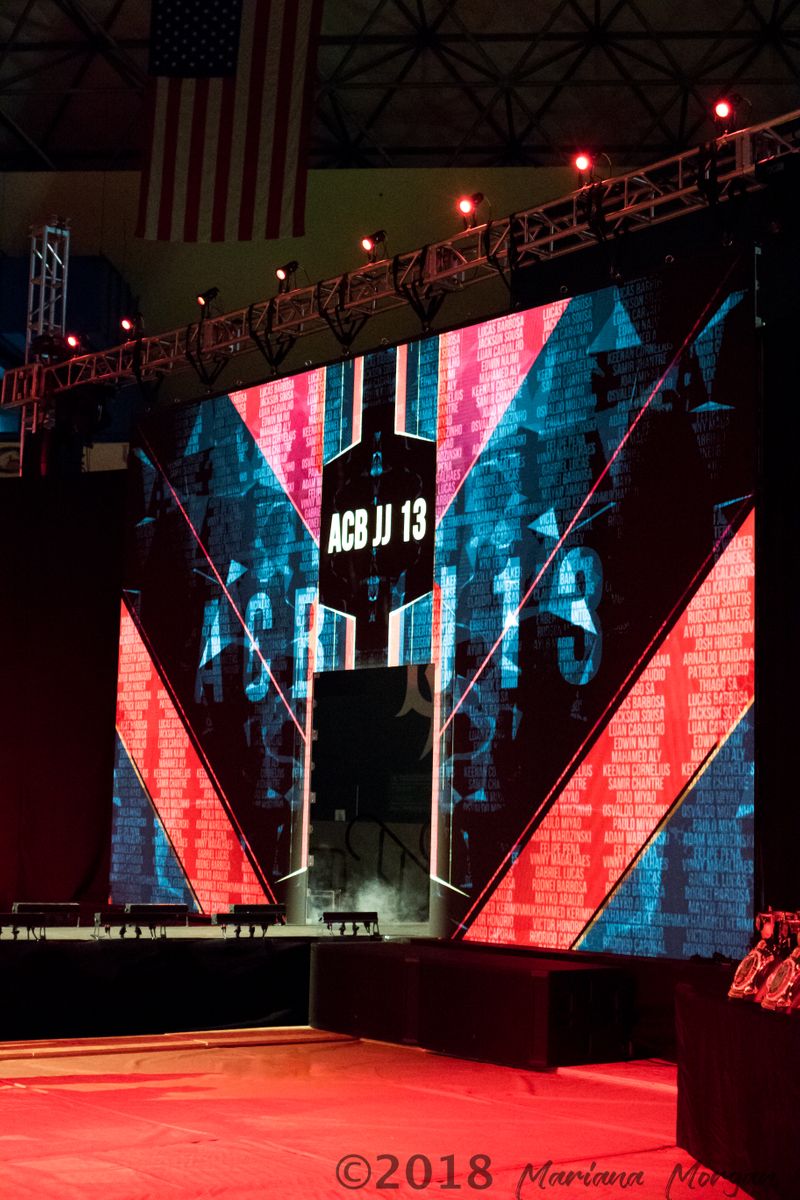
A common kind of Light Emitting Diode video wall solution is the directly viewed LED. This solution utilizes individual LED units which are placed near in proximity to form a big screen. Direct view Light Emitting Diode screens are known for their high brightness as well as lively colors, making them ideal for external events and brightly illuminated settings. These displays also have a wide sight perspective, allowing means that people can view the screen clearly from different locations. Such makes direct view Light Emitting Diode screens a favored choice for stadiums as well as external events.
Another kind of LED video wall technology is the LED-backlit Liquid Crystal Display. Such solution combines traditional LCD displays and Light Emitting Diode backlighting to enhance luminosity as well as hue precision. LED illuminated LCDs are often used in interior settings, such as retail centers as well as conference rooms. They provide superior visual quality while are generally more cost-effective than direct view LED walls. Nonetheless, they may often function as well in well-lit environments, as the backlighting can sometimes dull the hues.
Another third option is the OLED display screen. Organic Light Emitting Diode solution offers superior contrast and color depth in relation to alternative kinds of displays. Each pixel in an Organic Light Emitting Diode display produces its own luminescence, enabling for genuine blacks and vibrant colors. Such renders Organic Light Emitting Diode video walls especially attractive for applications that require high-quality visuals, such as art galleries or high-end retail try this web-site stores. However, Organic Light Emitting Diode solution can be more expensive and may not be as luminous as directly viewed Light Emitting Diode screens, rendering it not appropriate for external applications.
In addition to these technologies, various additionally multiple applications for LED display screens. They can be used for promotion, amusement, and information presentation. For instance, businesses often use Light Emitting Diode display walls for digital advertising to draw in customers and advertise goods. In entertainment, these displays enhance the sight experience at music events as well as events, providing lively backdrops and engaging images. Within corporate settings, Light Emitting Diode video walls can be utilized for presentations, visual conferencing, and training programs, helping to communicate data in a aesthetically attractive way.
In conclusion, Light Emitting Diode video walls come in different technologies, every with its own advantages and applications. Directly viewed Light Emitting Diode screens are great for outdoor applications, while LED-backlit LCDs are more suitable for indoor settings. OLED video screens offer exceptional visual clarity but may be at a higher price. Understanding these variations can help organizations to make knowledgeable decisions about the best type of LED display wall most satisfies their needs, whether it be for advertising, amusement, or corporate applications.